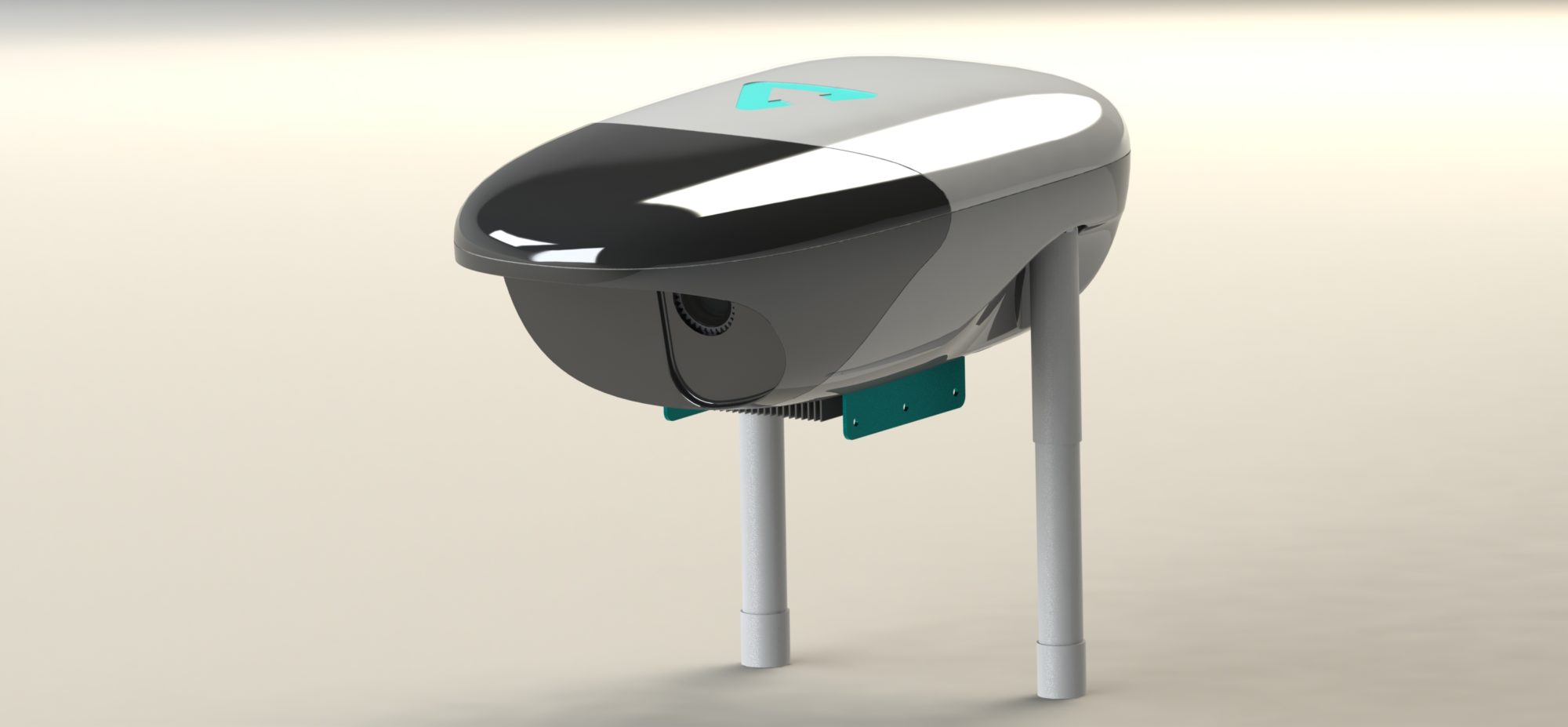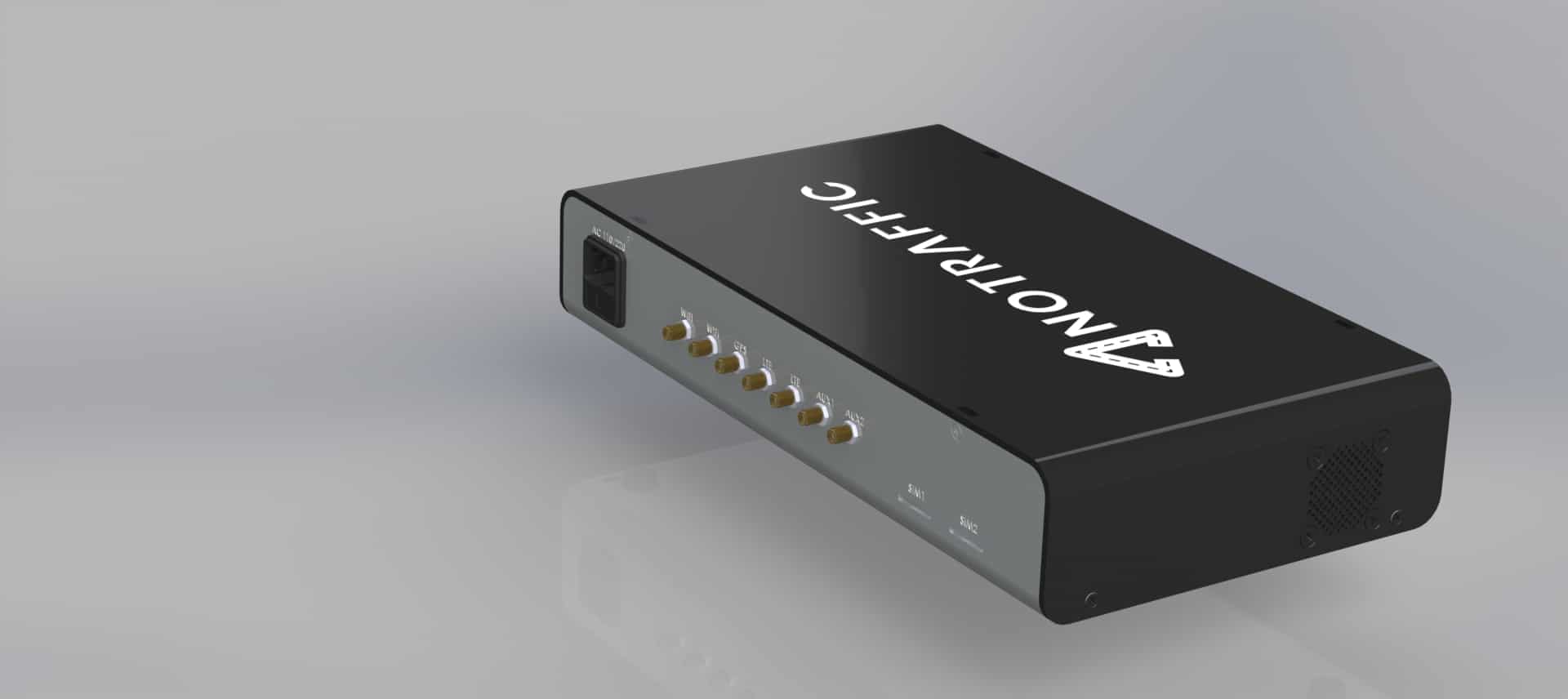NoTraffic, No Problems: AI Startup Improves Intersections
Israel-based technology company NoTraffic is using AI to transform intersections from danger zones to intelligent decision makers, cutting time delays and carbon dioxide emissions.
Next week, NoTraffic’s Yoav Valinsky, a computer vision researcher, will be going to GTC DC to discuss how the company is operating at the edge in a presentation called, “From Theory to Practice: Computer Vision on Edge Devices for Real-Time Optimization.”
Founded by Tal Kreisler, Or Sela, and Uriel Katz, and a member of NVIDIA’s Inception startup incubator, NoTraffic uses AI sensor units at intersections to analyze traffic and optimize traffic lights accordingly.
This proactive approach contrasts with today’s usual intersection technology, such as inductive-loop traffic detectors. Induction loops are installed underground — making it challenging to upgrade or replace — and work like metal detectors to sense cars.
Those traffic detectors are also constrained by the intersection’s fixed time plan. While they can minimize or maximize a light’s duration, the detectors can’t override a light — even if there are no cars coming in that direction.
Using AI at the edge, NoTraffic’s system reduces the cost of installation and maintenance, and gives intersections the ability to prepare for vehicles rather than just react to them.
Rewiring the Rules of the Road
NoTraffic starts by installing AI sensor units aimed in every direction of an intersection. The units use the NVIDIA Jetson platform and GPU-accelerated frameworks to fuse machine vision and radar, processing data roughly 15 times a second, according to Valinsky.
The sensor units also integrate connected vehicle capabilities based on dedicated short range communications (DSRC) and cellular vehicle-to-everything (CV2X). DSRC is a system of wireless communication channels between vehicles and infrastructure; and CV2X technology provides communication between vehicles, infrastructure, and any related entities.
NoTraffic’s units can then detect and classify all road users — including cars, buses, trucks, bicycles, and pedestrians — at the edge. The processed data is then streamed to the Optimization Engine, installed in the traffic signal control cabinets that are already present at most intersections.
There, the data is used to optimize and manage traffic lights, both at the individual intersection and across the city grid. By placing compute closer to the point of action, NoTraffic’s edge system saves bandwidth and lowers latency for faster calculations.
NoTraffic securely sends data from each intersection to the cloud for further processing and city-grid optimization, and presents the information in a dashboard designed for city engineers. They can use it for big data analytics, remote monitoring of intersections, and the implementation of new traffic policies.
NoTraffic, No Problems
Analyzing in real-time provides capabilities such as collision prediction. NoTraffic’s Director of Business Development Ilan Rozenberg explained that the sensor units calculate the speed, acceleration, and direction of vehicles, so they can infer when two cars can’t see each other and will probably collide.
The sensors’ ability to classify vehicles also makes it possible to prioritize certain road users. If a city wanted to prioritize public transportation or pedestrians at the intersections surrounding schools on weekday mornings, city engineers would input that policy in their dashboards. NoTraffic’s system would make the changes autonomously.
The company is currently focused on the U.S., and is conducting pilot projects in several cities and counties across the country. Annually, NoTraffic is reducing delays by 2,700 hours and preventing 33 tons of emissions per intersection.
The company looks forward to making their technology even smarter — the longer it’s implemented, the better it’ll be able to predict vehicle and pedestrian patterns.
To learn more about the AI powering NoTraffic, come out to GTC DC, Nov. 4-6.
The post NoTraffic, No Problems: AI Startup Improves Intersections appeared first on The Official NVIDIA Blog.

